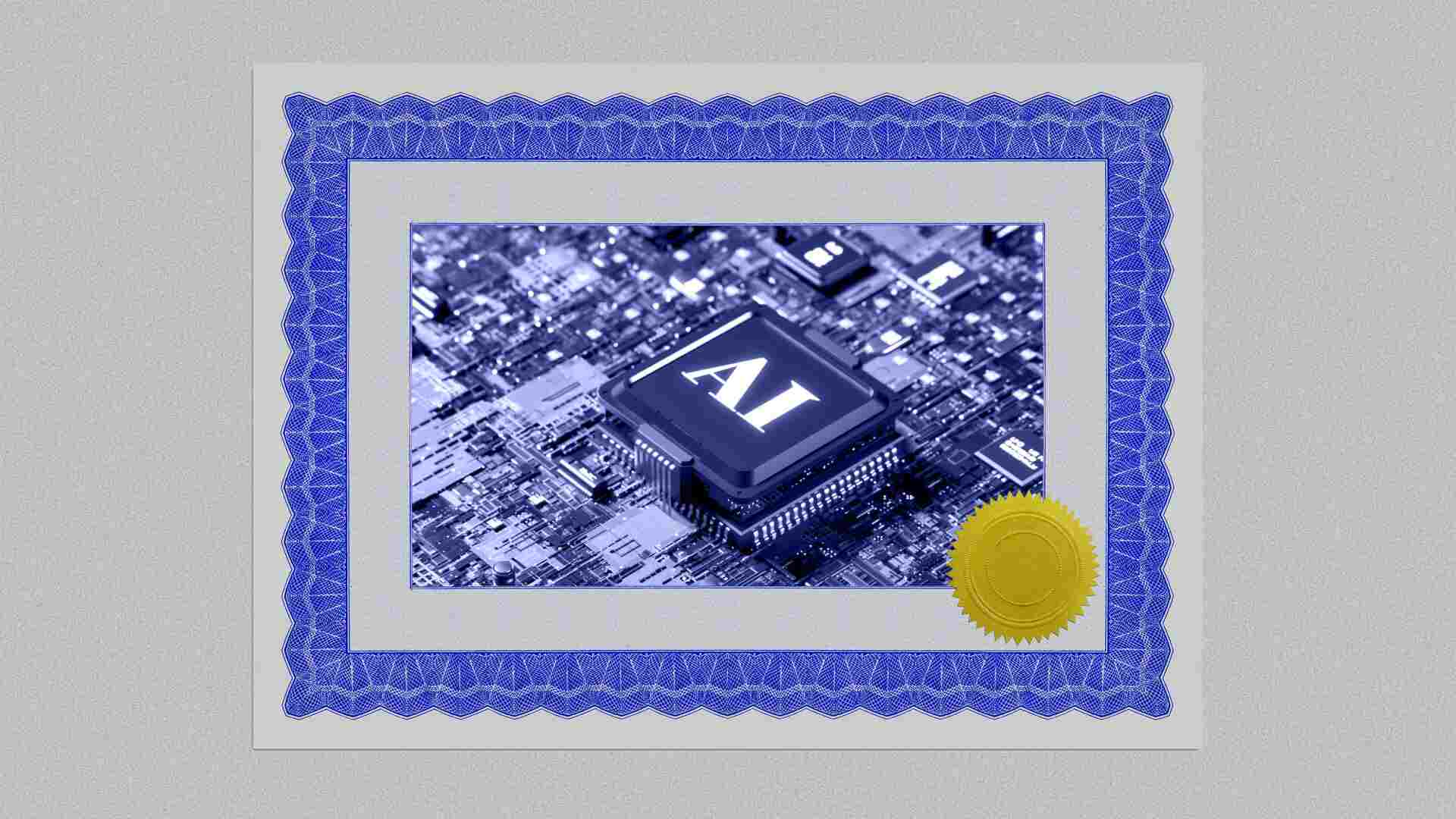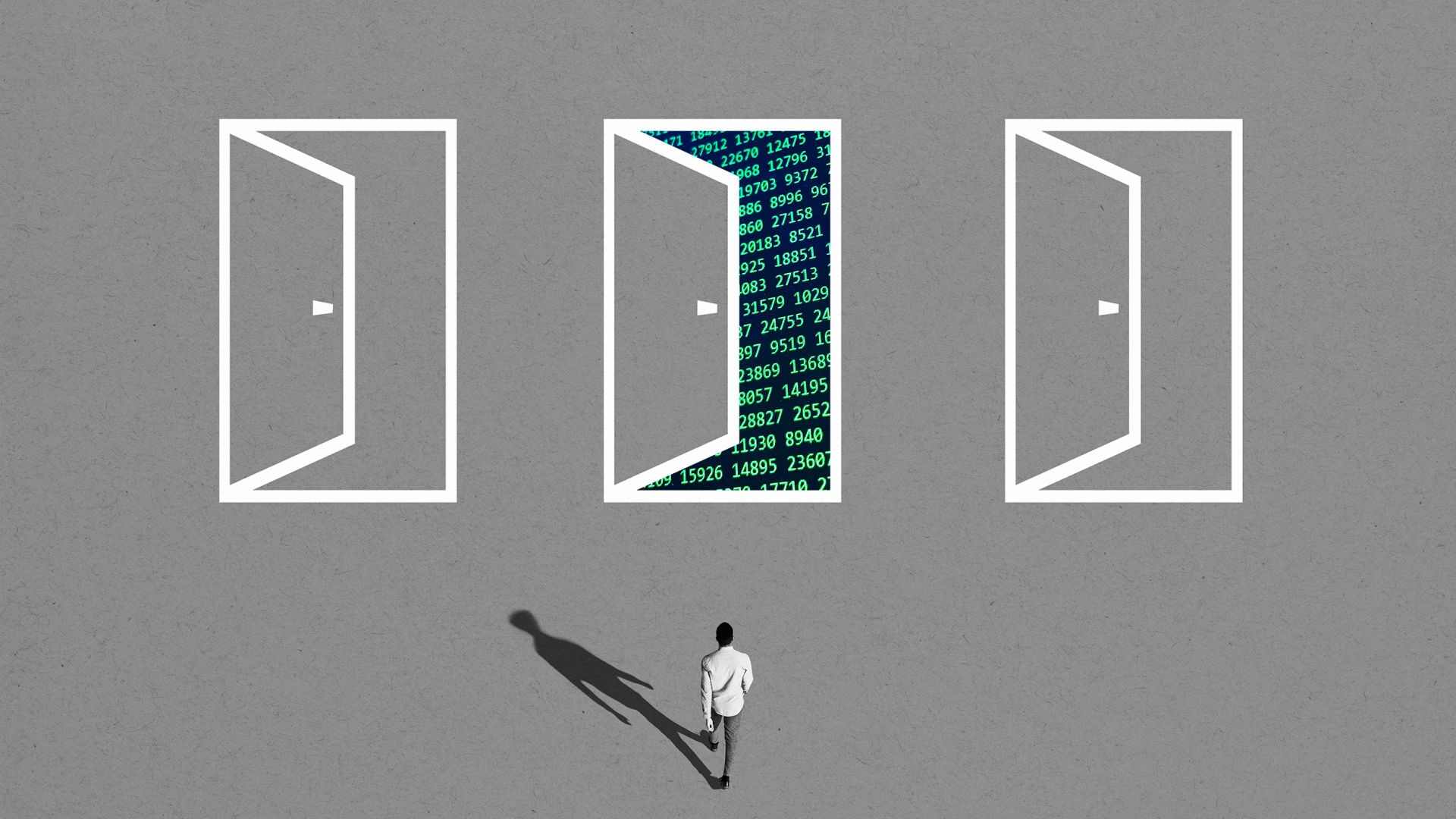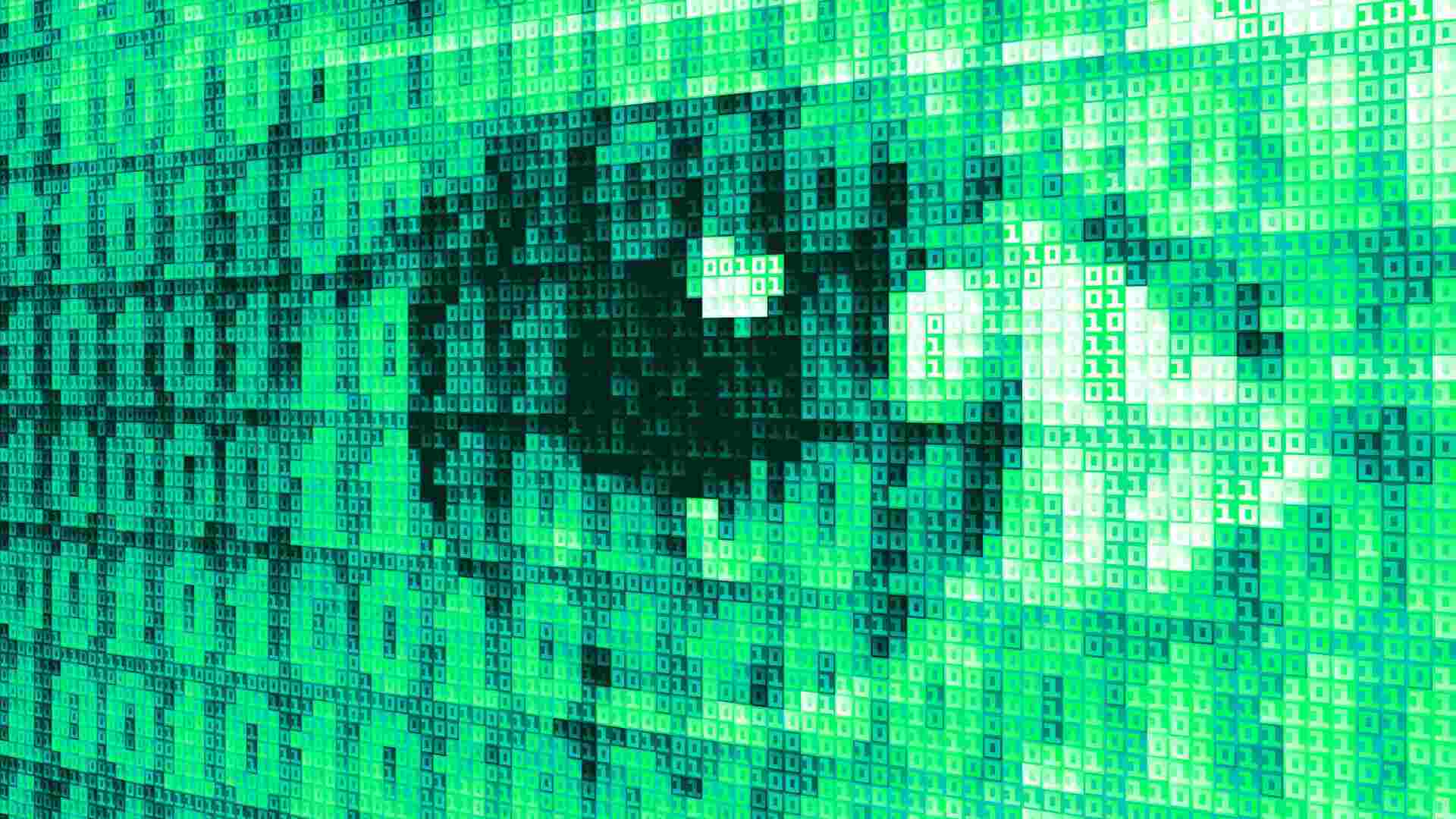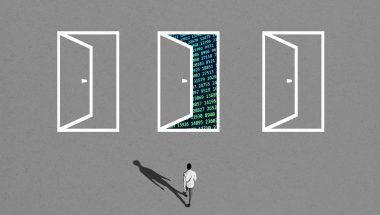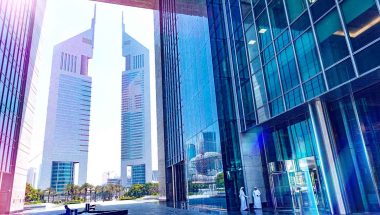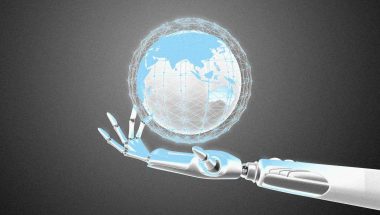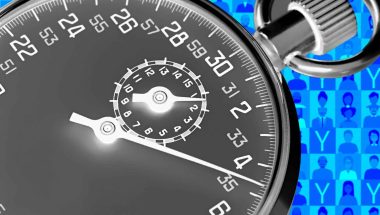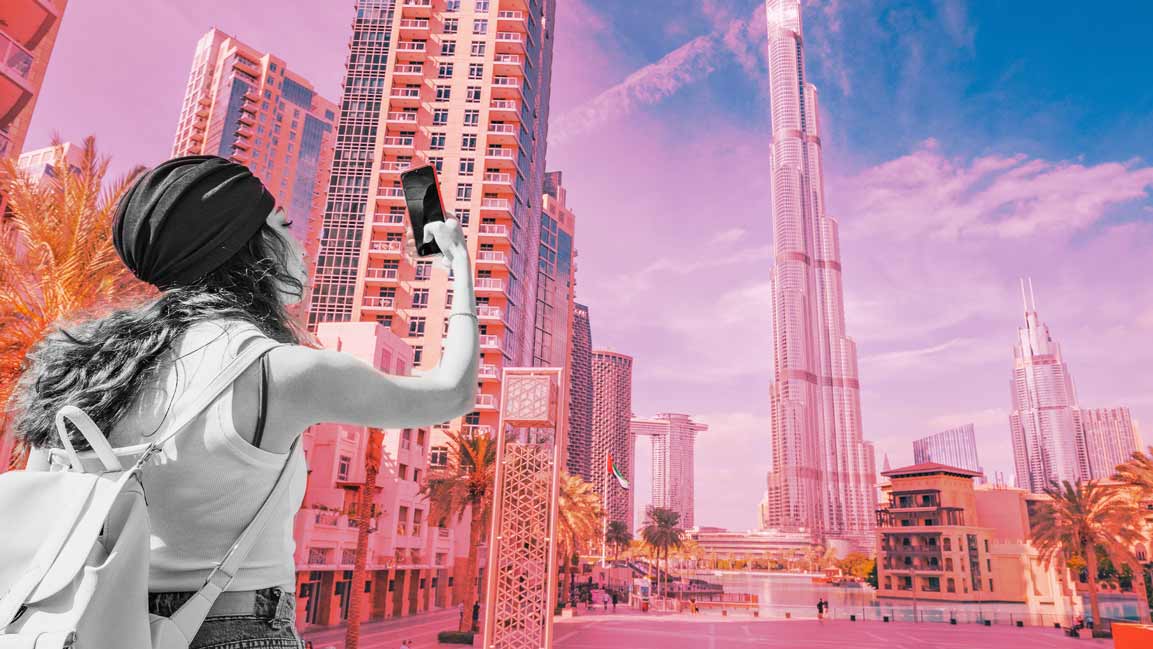- | 9:00 am
We could be using facial authentication for a whole lot more than unlocking our phones
People working in industries from healthcare to data storage could leverage facial authentication to enhance security without increasing physical oversight.

Apple’s product release events are famous for providing the stage where innovative products and services are introduced to the world for the first time. From Steve Jobs pulling the iPod out of his pocket to the iPhone’s debut, the event’s reputation is well established as a must-see reveal.
In 2017, Apple’s flagship event was defined not by a groundbreaking new product but by a significant hardware shift. Instead of using a person’s fingerprint or passcode for authentication, the iPhone would use the face as a credential. The tech was called FaceID, and it revolutionized access control for our devices by introducing a secure and passive authentication experience for everyone, becoming second nature, many not realizing what’s going on behind the scenes.
The technology was reported to be 20 times more secure than fingerprint readers, and it was one of the projects at Apple that I worked on as an engineer in the new product introduction group.
As a young engineer who had recently graduated from Stanford, I was thrilled to work on this prolific tech firsthand in Cupertino. The passive experience vision with FaceID on mobile was easy to imagine in the built world as well: the “magic” of autonomous technology doing something for us in the physical environment without our proactive involvement. As I interacted in the access control spaces around me from business offices to entering my apartment building, and thought about how many accessed their seemingly safe work and living environments through traditional, low-tech nonsecure solutions, an idea was born. What if the physical badges, the human guards, and security turnstiles found in many enterprise and commercial places not only in San Francisco and Silicon Valley but all over the world, could be replaced by something “magical.”
To me, the connection was clear. Secure and passive facial authentication would have a profound impact on physical security. There was an obvious need in the real world, especially in an enterprise setting, to leverage such technology to help employees feel safe, companies protect IP, and building owners facilitate effective processes that reduce friction and errors.
SECURITY MATTERS NOW MORE THAN EVER
Fast forward to the present, and after consecutive pandemic years that reoriented the workforce and hastened technological adoption, safety and security are increasingly top of mind.
According to one analysis, workplace safety is a significant concern for many people, leading to three times more resignations than work environments in which people feel safe. What’s more, the Society For Human Resources Management warns that incidents of workplace violence could increase as companies bring people back to the office.
Of course, with companies facing persistent hiring challenges and increasingly adopting more distributed work arrangements, devoting additional security personnel is a practical and financial nonstarter. What’s more, companies are often protecting critical resources, like data centers located at disparate locations, making facial authentication security a natural next step for ensuring that the right people are in the right place at the right time.
REIMAGINING WORKPLACE SECURITY
Facial authentication alters physical security by creating a passive but secure authentication experience that’s more secure and convenient than existing security protocols.
Most obviously, facial authentication is more convenient than traditional access-control tools like keys and card readers, which can be lost, forgotten, or stolen. Especially for industries like healthcare, data centers, and utilities, these features are increasingly critical and undeniably convenient.
For instance, healthcare facilities can leverage facial authentication to protect pharmacy and drug storage, streamline visitor authentication, and maintain data center and security office access.
Similarly, enterprise organizations and data centers might use facial authentication to provide vendor and visitor verification while offering two-factor authentication and tailgating detection to enhance security without increasing physical oversight.
Regardless of the use case, access-control systems powered by facial authentication help businesses answer three critical questions:
- Have I implemented the solutions needed to ensure my people stay safe and healthy?
- Do I have the capacity to ensure that facilities and assets are secure in a distributed work environment?
- Are we achieving security goals without undermining productivity?
Ultimately, facial authentication will be a prevalent method in anything that requires more security but eventually trickles down to every industry, including replacing keys and card readers to become the de facto access-control-authentication method.
A FINAL POINT
Facial authentication shouldn’t be confused with facial recognition. The latter is prone to misuse, as governments, corporations, and other entities leverage public data (as well as data collected without consent) to identify or track people without their awareness.
This isn’t what Apple’s FaceID does, and it’s not what access-control solutions do either. Rather, authentication matches specifically enrolled, consenting people to their own identity without plugging into significant databases.
In other words, authentication is using your face to gain access to a product or location, not generalized identification. If done right, this process can be very secure by operating privately without storing any visual data.
In 2017, Apple helped make facial authentication the primary verification method on mobile. This ubiquitous technology fades into the background while keeping our most sensitive data secure. Now, it’s time for that technology to impact our physical spaces, bringing the same level of simplicity and sophistication that we already hold in the palm of our hands to our physical spaces.













